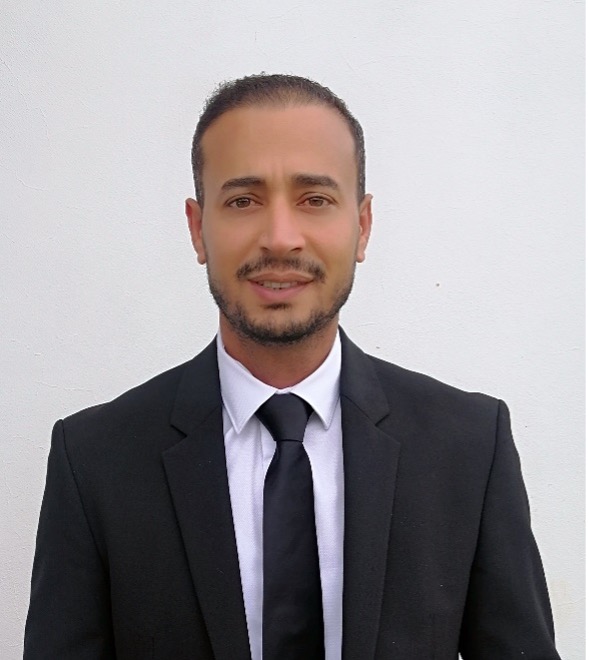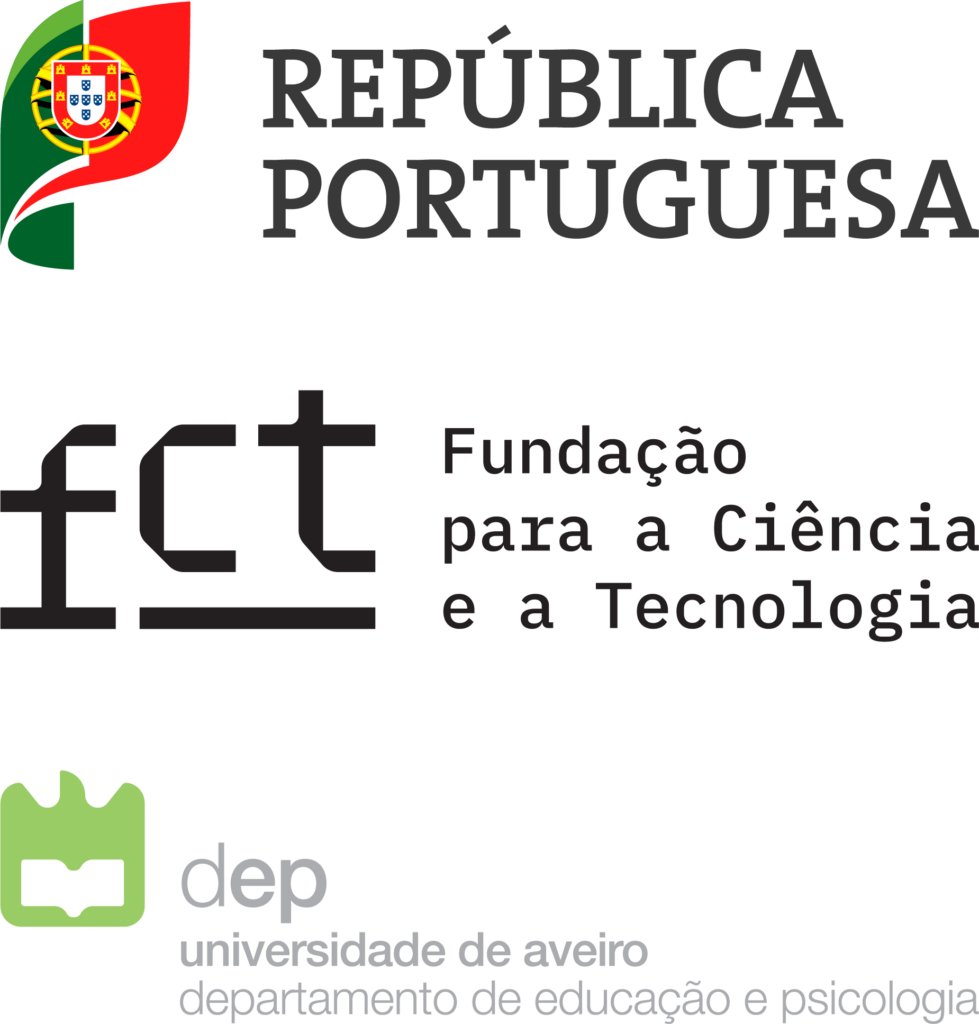29 setembro, 2021 | 9h00 | Videoconferência
Realizaram-se no passado dia 29 de setembro de 2021, pelas 9h00, por videoconferência, as provas do Programa Doutoral em Educação de Issa Jamil Alkinj, com o título “The effects of an educational program based on modeling and social stories to improve the social skills of students with autism”.
Issa Alkinj foi orientado por Anabela Maria Sousa Pereira (CIDTFF/Cintesis, Departamento de Educação e Psicologia da Universidade de Aveiro) e Paula Ângela Coelho Henriques dos Santos (CIDTFF, Departamento de Educação e Psicologia, Universidade de Aveiro).
Issa Alkinj é doutorado no ramo Diversidade e Educação Especial pela Universidade de Aveiro (2018-2021). Tem um Mestrado em Educação Especial pela University of Newcastle, Austrália (2010), e um Bacharelato em Aconselhamento e Higiene Mental pela University of Jordan (2008). Foi professor no Departamento de Educação Especial da Prince Sattam Bin Abdul-Aziz University, Arábia Saudita, de 2012 a 2018.
– – – – –
Summary:
Social communication difficulties are one of the most common issues among individuals with autism spectrum disorder (ASD), affecting their social and academic life, and isolating them from their environment. The current study was aimed to examine the effectiveness of an educational program to improve the social communication skills of a sample of six high functioning students with autism at the Autism Academy of Jordan. The program consisted of 12 sessions based on multiple strategies including social stories (SS), animated video modeling (AVM), and video self-modeling (VSM) targeting several social reciprocity skills. The mixed method (quantitative and qualitative) was used to examine the impact of the program on the experimental group. The results of the Mann -Whitney test demonstrated that all participants in the experimental group achieved significant improvements on the post-test of the Autism Social Skills Profile (ASSP) in both domains of social reciprocity, and social participation skills over the monitoring group. Further, the data from teachers’ interviews, analyzed using WebQDA software, corroborated the results about the significant improvements in social skills after the intervention of the educational program.
The improvement in social communication skills of the participants, in the experimental group, is attributed to the nature of video modeling, which gives the learners adequate time to repeat the targeted behavior in a safe environment, promotes their attention, encourages them to focus on the targeted behaviors, assists them to retain the targeted behaviors, permits the learners to practice and replicate the observed behaviors, and provides the opportunity to watch the content many times. Hence, these advantages make video modeling an effective technique to teach the targeted behaviors for individuals with ASD. In the current research, SS, AVM, and VSM were used combined, where each animated video was designed according to a social story. Later, VSM was used, where the participants were recorded and asked to play the role of their own video.
Many implications can be identified from the results of the current research, including the improvement in social skills of individuals with ASD, in the experimental group, which was associated with the use of SS, AVM, and VSM combined, which indicate to promising outcomes of using these techniques. In the developing countries, particularly Jordan, there is a lack of studies targeting the social communication skills of individuals with ASD; therefore, there is a need to conduct this kind of research to increase the odds of individuals with ASD to obtain the necessary skills that facilitate their participation in the inclusive settings. Also, examining the impact of these programs by using a large sample size and a control group; and this can be possible by conducting this study in different schools and providing teachers with training to be prepared for implementing this kind of programs in their classrooms; and therefore, the results would be more satisfactory. Besides, developing official assessment tools that can be accessible and suitable to be used to evaluate the impact of intervention programs. Furthermore, the participation of parents in the intervention program would enhance the maintenance and generalization of targeted skills for their children with ASD. The researcher suggests benefiting from the advanced technology by using 3D video programs to make the videos more realistic and enjoyable for the learners. Finally, conducting a follow-up test, which would provide valuable data about the maintenance and generalization of the targeted skills after the program completion.
Keywords: Students with autism spectrum disorder; social communication skills; modeling; social stories.





